Equipment
VERY FIRST LOOK AT THE PING i20 IRONS
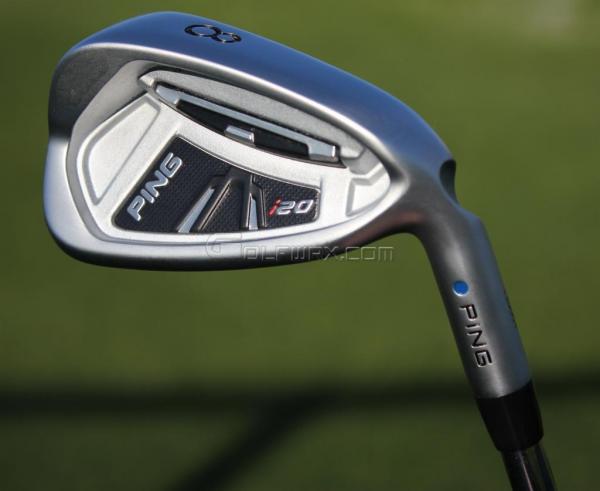
GolfWRX Exclusive! An In-Depth, First-Hand Look at the New Lineup
By GolfWRX editor beruo
ust a few short days after PING announced the G20 irons, interest immediately shifted over to what the i20s might hold. With nothing more than a low-quality TiVo’d screen capture of a wedge on a desk and lots of hearsay, WRXers speculated on what PING had up their sleeves. Last month PING had a few of us come down to put the rumors to rest and let us know exactly what we had to look forward to. And I gotta tell you, the buzz was warranted. Now, because of the interest generated on this site, PING is letting GolfWRX showcase the i20 lineup!
Click here to see more photos and read discussion in the forums… http://www.golfwrx.com/forums/topic/561705-very-first-look-at-the-ping-i20-irons/
IRONS
At first glance, the i20 irons are an obvious departure from the i-lines of the past. The most obvious of these changes are the use of the vertical custom tuning port (CTP) and stabilization bars in the cavity; carryovers from PING’s S56s. The stabilization bars help improve feel along with a thicker face in the impact area, while the vertical CTP construction allows for a lower center of gravity and different options for weight positioning.
Another key feature to the design of the i20s is PING’s blended set concept. As was the case with the i15s, the i20s are noticeably longer heel to toe in the long irons, gradually decreasing in size to the wedges. This time around, PING made the top rail thicker in the long irons transitioning toward a thinner topline in the wedges, dramatically increasing the MOI where golfers need it most.
Along with the tungsten weighting in the toe, these three features increase the MOI across the horizontal axis by about 3% throughout the set, and between 4% (PW) and 12% (3iron) more vertical axis forgiveness over the i15 irons. Given the greater headweight and smaller size that irons have compared to drivers, that increase is substantial. Basically, the i20 irons provide golfers a pitching wedge that has almost the same workability as the S56s with a 3 iron that’s even easier to hit than the i15 counterpart.
New to the i20s is the variable cavity pull construction. Here, PING moved the center of gravity down and toward the front in the wedges to give players a more piercing trajectory, progressively pulling the COG back to elevate ball flight in the long irons. This feature makes the clubs more user friendly while maintaining workable distance control throughout the set, prioritizing accuracy in the short irons and forgiveness in the long irons.
The last key design change in the latest i-iron, is the decreased moment of inertia around the shaft axis. In keeping with the varying nature of the blended set design and the cavity pull construction, PING decreased the axis MOI in the i20s by 14% in the 3 iron and 22% in the pitching wedge over the i15 irons (with the middling 7 iron coming in with a 20% decrease). This makes it easier for golfers to manipulate the club through rotation, working the ball left or right as needed, while not losing forgiveness off mishits.
To accommodate all these new features, the differences in how they’ll cause the ball to react, and the adjustments that golfers may make, PING adjusted the sole design so that turf interaction wouldn’t detract from the clubs’ utility. Changes include more material in the heel to decrease digging, more bounce, a slightly blunted leading edge, and a little trailing edge relief. These changes were needed because when the lower the center of gravity is placed, the more the clubhead wants to deflect down into the ground when impacting the ball (which is why you don’t take divots on practice swings).
In standard PING fashion, the i20 irons will be available both lefty and righty in 3-9, PW, UW, SW, and LW configurations. The standard shaft offering will be PING’s proprietary CFS shaft.
For those new to this shaft, it’s based on the ZZ65, but has been expanded from the original hard stiff flex. One of the characteristics that made the ZZ65 unique was the thicker tip section, which reduced tip action at impact and flutter immediately after. In the Stiff flexed CFS, PING extended the tip by an inch to bring the stiffness to the current industry standard. Short irons get slightly less tip reinforcement to help with feel. The X-flex CFS shafts have a tip that is 1″ shorter and 5 grams heavier, while Regular and Soft Regular CFS shafts have no tip reinforcement to help activate the tip.
I am REALLY looking forward to these irons. My impressions were…very favorable.
The on-sale date is February 9th but golfers can pre-order through their local PING retailers starting January 1st
Per Ping press Release:
PING today unveiled the i20™ driver, fairway woods, hybrids, and irons, relying on innovation and custom engineering to ensure that every design attribute helps to optimize performance, right down to the color of the clubs’ finish.
“In the i20 series, we’ve combined workability, distance and forgiveness with the goal to make any golfer a more versatile and complete player,” said John A. Solheim, PING Chairman & CEO. “We’ve engineered the i20s with a solid feel and generous forgiveness but also a degree of workability for the player who wants full command of the clubface for controlling trajectory and shot shape. Anyone who is passionate about their game is going to be very confident and capable with this game-improvement technology.”
In the multi-metal irons, a progressive set design features long irons that are slightly larger, high launching and more forgiving. The smaller short irons feature less offset and provide exceptional control. Distance control, a key to consistent iron play, was a priority in the irons’ design, Solheim said. “The stabilizing bars and the thicker face offer great feel and ensure that golfers can hit to precise yardages. Distance control is an absolute must for better players, but precision is going to help anyone lower their scores.”
i20™ Irons
Multi-metal technology in a progressive set design. The long irons are slightly larger, high launching, and more forgiving. The smaller short irons feature less offset and provide exceptional control. Stabilizing bars and a thicker face ensure precise distance control and a solid feel. Tungsten toe weights in the 17-4 stainless steel heads elevate forgiveness. An innovative design gives golfers full command of the clubface for controlling trajectory and shot shape. A low-glare satin chrome finish and ferrule offer a clean, high-performance look. Combined with PING’s new CFS (Control, Feel, Stability) steel shaft, the i20 optimizes feel and trajectories.-Available 3-9, PW, UW, SW, LW
-Stock steel shaft: PING® CFS® (Soft R, R, S and X flexes)
-Stock graphite shaft: TFC 169i (L, Soft R, R and S flexes)
-U.S. MSRP: $110 per club w/steel shaft; $137.50 per club w/graphite shaft.
Click here to see more photos and read discussion in the forums… http://www.golfwrx.com/forums/topic/561705-very-first-look-at-the-ping-i20-irons/
- LIKE2
- LEGIT0
- WOW0
- LOL0
- IDHT0
- FLOP0
- OB0
- SHANK0
Equipment
Why Rory McIlroy will likely use the new TaylorMade BRNR Mini Driver Copper at the RBC Heritage
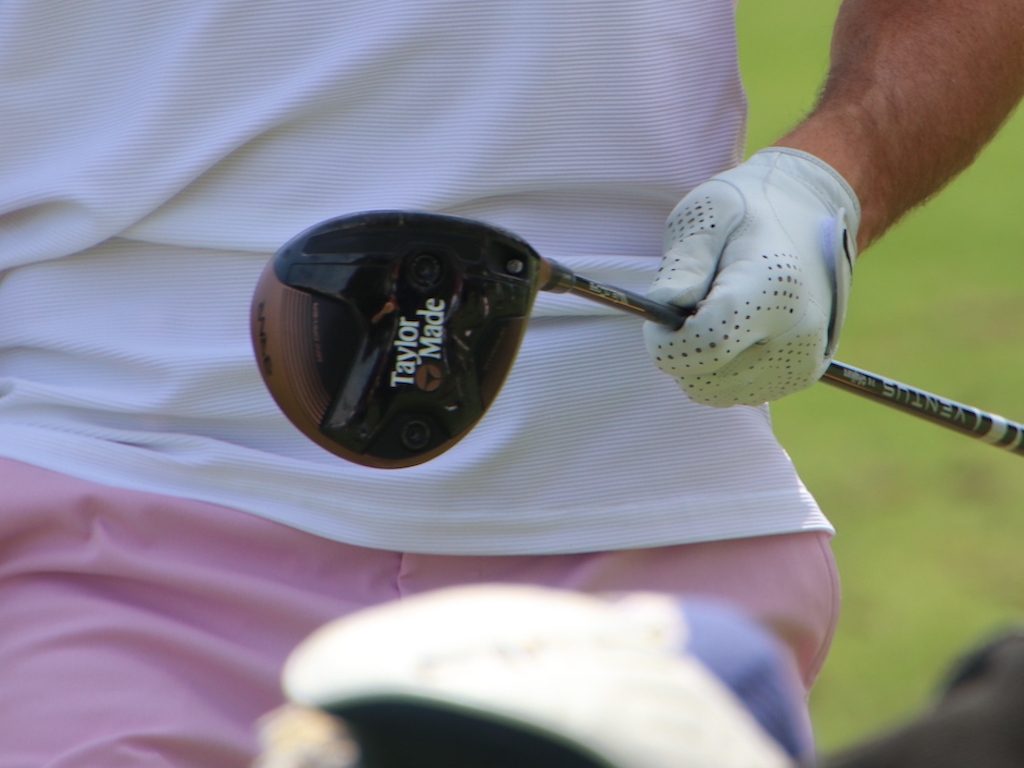
Although we spotted Rory McIlroy testing the new TaylorMade BRNR Mini Driver Copper last week during practice rounds at the Masters, he ultimately didn’t decide to use the club in competition.
It seems that will change this week at the 2024 RBC Heritage, played at the short-and-tight Harbour Town Golf Links in Hilton Head.
When asked on Wednesday following his morning Pro-Am if he’d be using the new, nostalgic BRNR Copper this week, McIlroy said, “I think so.”
“I like it,” McIlroy told GolfWRX.com on Tuesday regarding the BRNR. “This would be a good week for it.”
View this post on Instagram
According to Adrian Rietveld, the Senior Manager of Tour at TaylorMade, the BRNR Mini Driver can help McIlroy position himself properly off the tee at the tight layout.
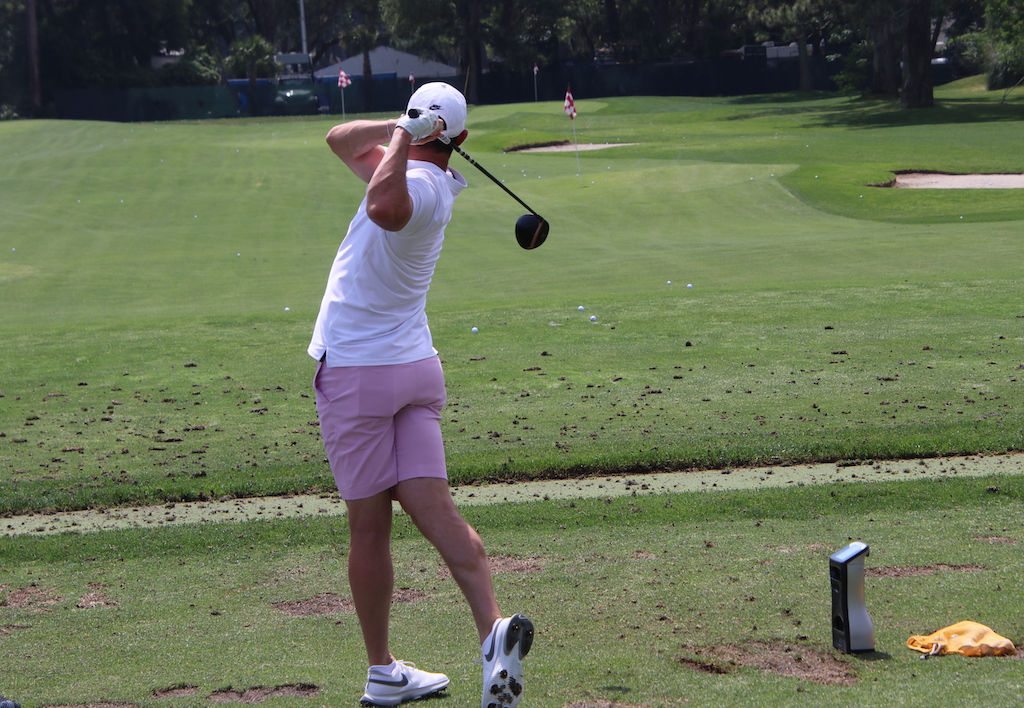
Here’s what Rietveld told GolfWRX.com on Wednesday:
“For someone like Rory, who’s that long at the top end of the bag, and then you put him on a course like Harbour Town, it’s tough off the tee. It’s tight into the greens, and you have to put yourself in position off the tee to have a shot into the green. It kind of reminds me of Valderrama in Spain, where you can be in the fairway and have no shot into the green.
“I’m caddying for Tommy [Fleetwood] this week, so I was walking the course last night and looking at a few things. There’s just such a small margin for error. You can be standing in the fairway at 300 yards and have a shot, but at 320 you don’t. So if you don’t hit a perfect shot, you could be stuck behind a tree. And then if you’re back at 280, it might be a really tough shot into the small greens.
“So for Rory [with the BRNR], it’s a nice course-specific golf club for him. He’s got both shots with it; he can move it right-to-left or left-to-right. And the main thing about this club has been the accuracy and the dispersion with it. I mean, it’s been amazing for Tommy.
“This was the first event Tommy used a BRNR last year, and I remember talking to him about it, and he said he couldn’t wait to play it at Augusta next year. And he just never took it out of the bag because he’s so comfortable with it, and hitting it off the deck.
“So you look at Rory, and you want to have the tools working to your advantage out here, and the driver could hand-cuff him a bit with all of the shots you’d have to manufacture.”
So, although McIlroy might not be making a permanent switch into the new TaylorMade BRNR Mini Driver Copper, he’s likely to switch into it this week.
His version is lofted at 13.5 degrees, and equipped with a Fujikura Ventus Black 7X shaft.
See more photos of Rory testing the BRNR Mini here
- LIKE16
- LEGIT0
- WOW0
- LOL1
- IDHT0
- FLOP0
- OB0
- SHANK2
Equipment
Spotted: TaylorMade P-UDI driving iron
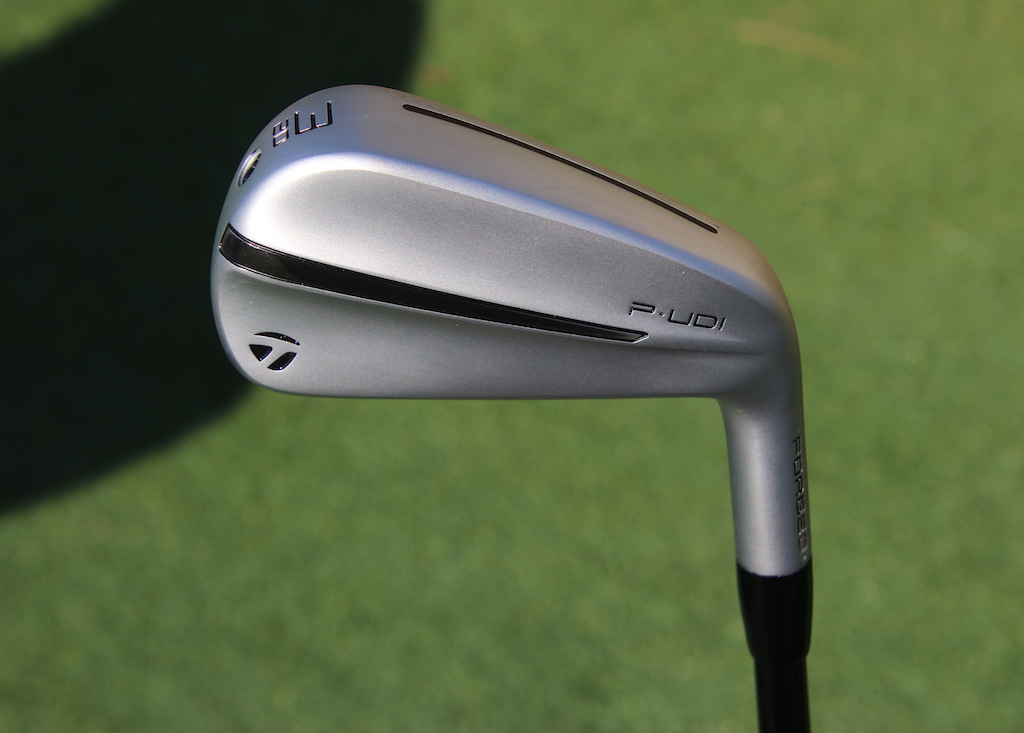
It seems like the RBC Heritage is full of new gear to be spotted, and you can add TaylorMade’s P-UDI utility irons to that list.
We spotted a 17-degree P-UDI 2-iron in Nick Dunlap’s bag yesterday, and now have some photos of both the 3- and 4-irons. Nick has his P-UDI 2-iron setup with a Project X HZRDUS Black 4th Gen 105g TX shaft.
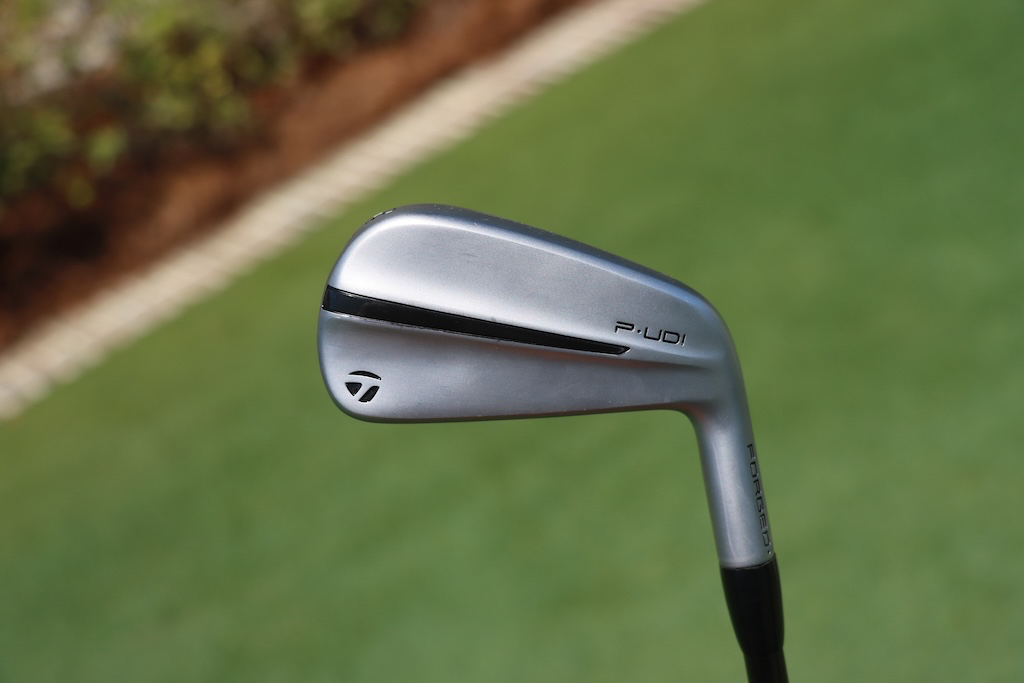
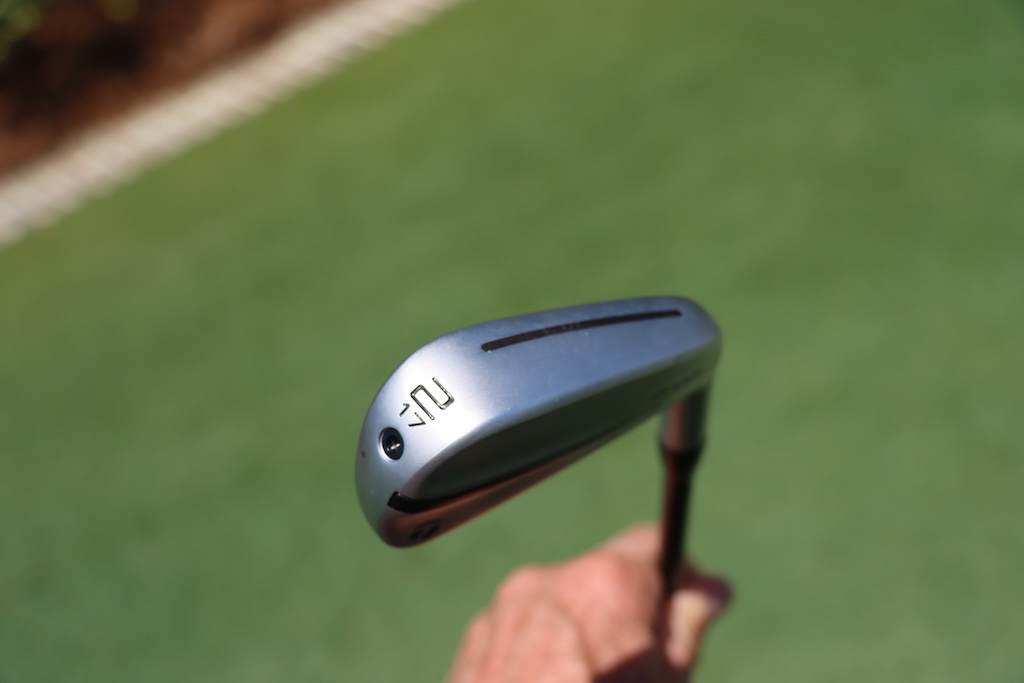
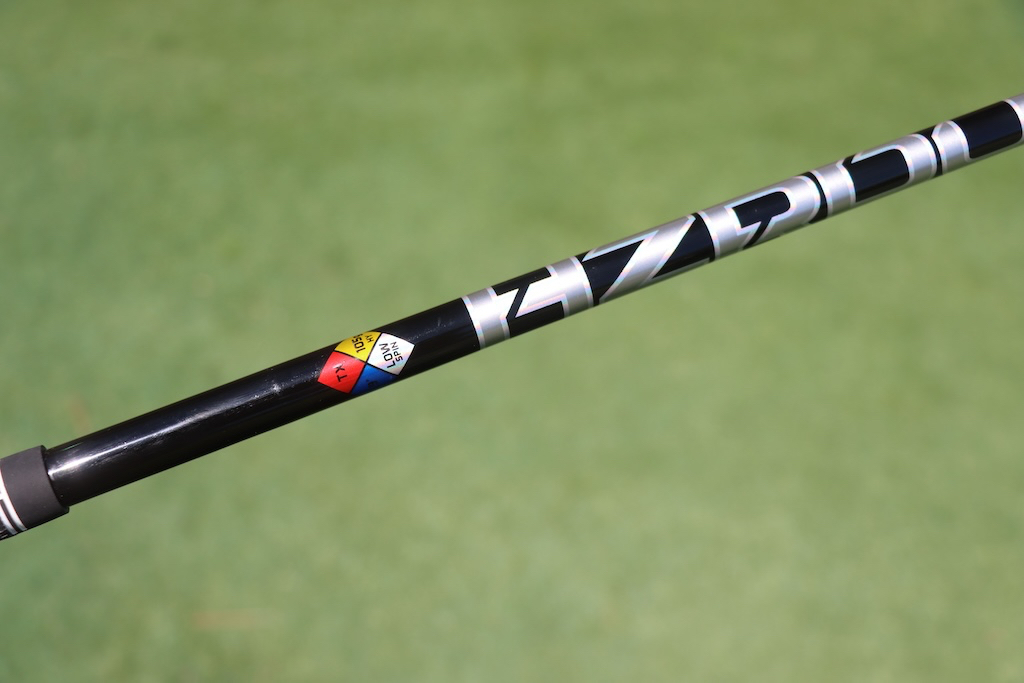
From what we can tell, this new P-UDI utility iron looks to have some of the usual TaylorMade technology as we can see the Speed Slot on the sole of the club for additional face flexibility. A toe screw is usually used to close off the hollow body design that will probably be filled with a version of TaylorMade’s Speed Foam that is present in the current iron lineup. This hollow body, foam-filled design should offer additional ball speed, soft feel, and sound, as well as an optimized CG for ball flight.
“Forged” is etched into the hosel, so we can assume that either the face, body, or both are forged for a soft and responsive feel. The club looks good from behind and at address, where we can see just a little offset and a topline that I would consider medium thickness. We don’t have the full details on what is under the hood or how many loft options will be available yet.
TaylorMade P-UDI 3-iron – 20°
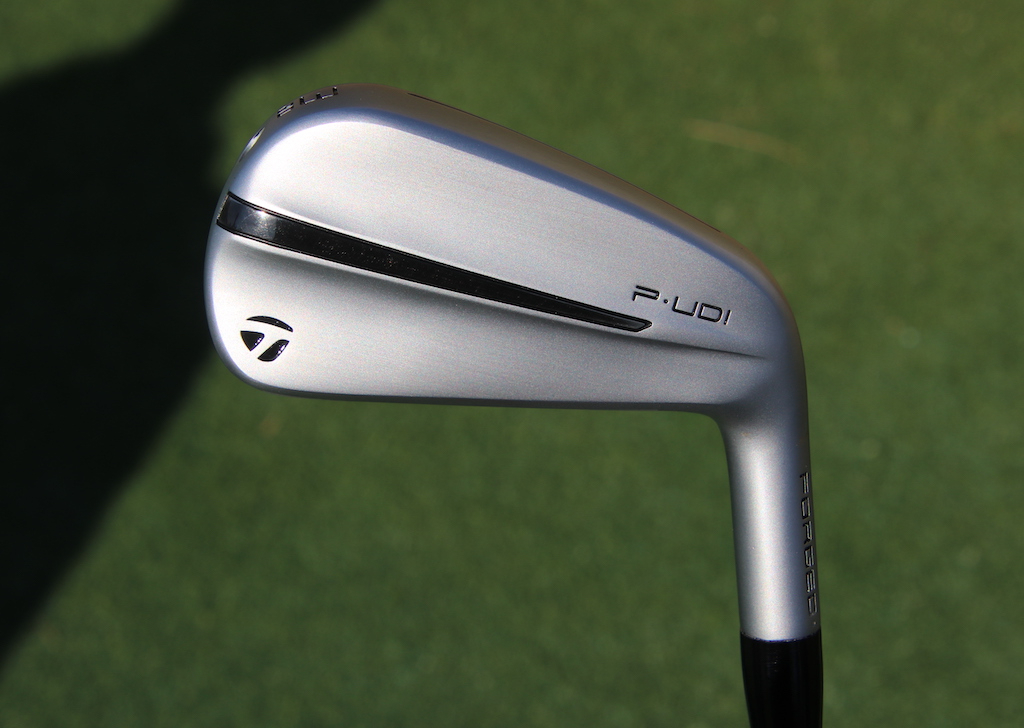
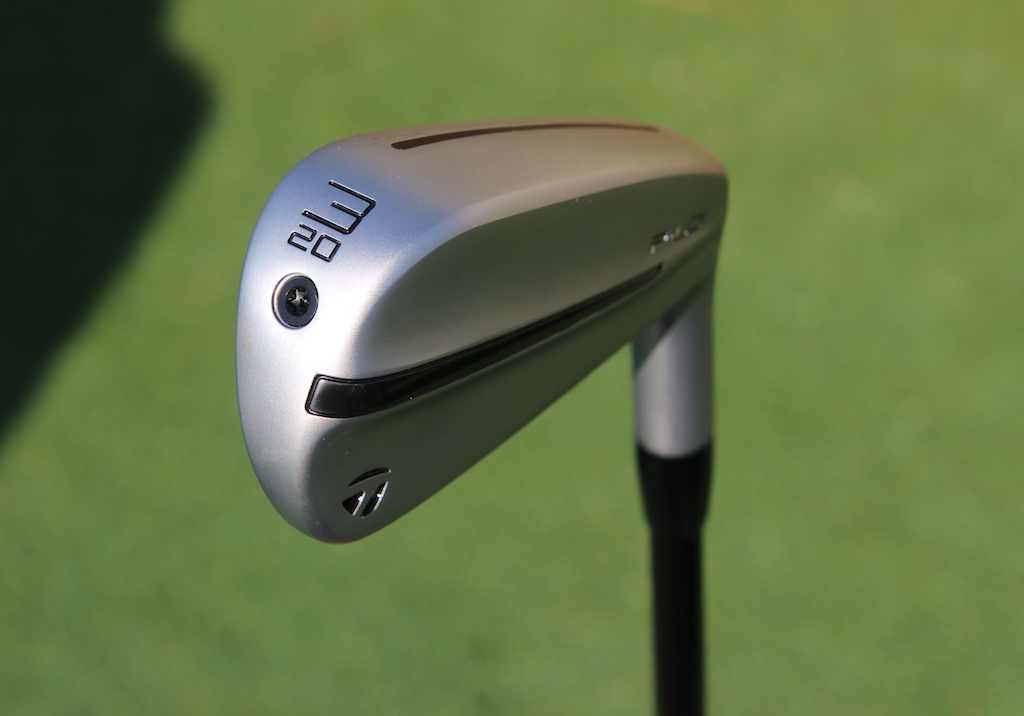
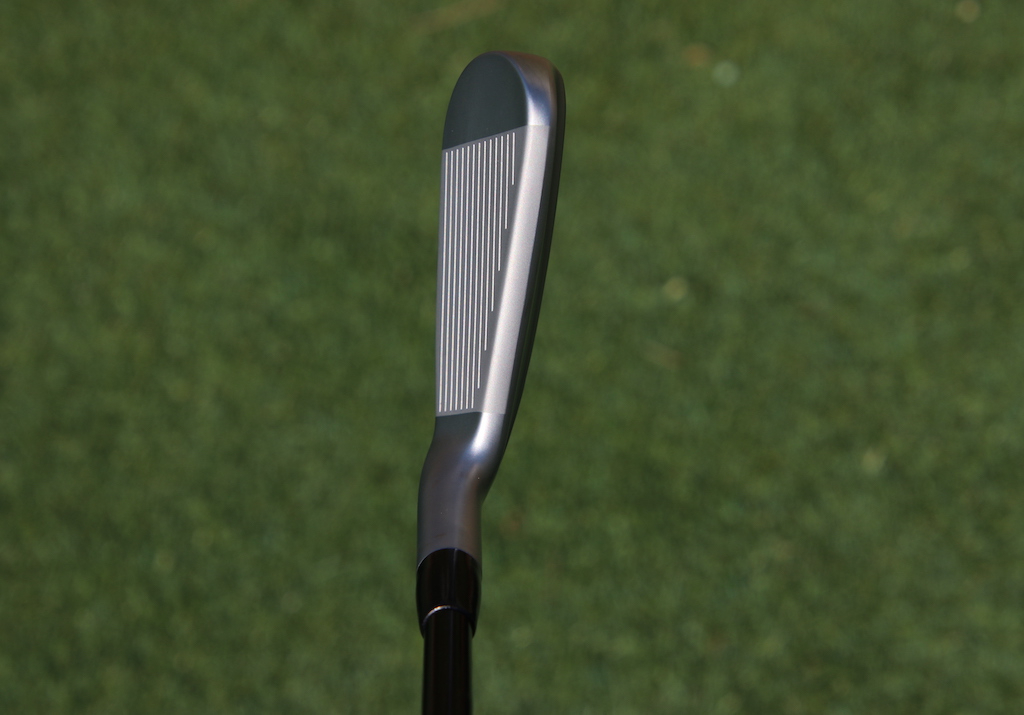
TaylorMade P-UDI 4-iron – 22°
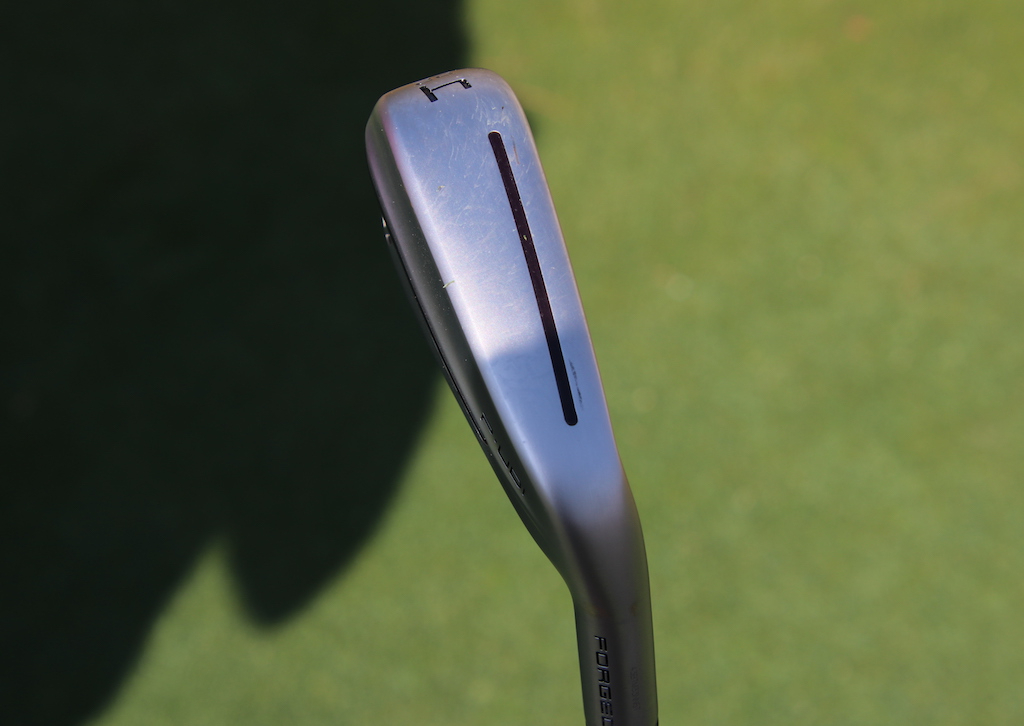
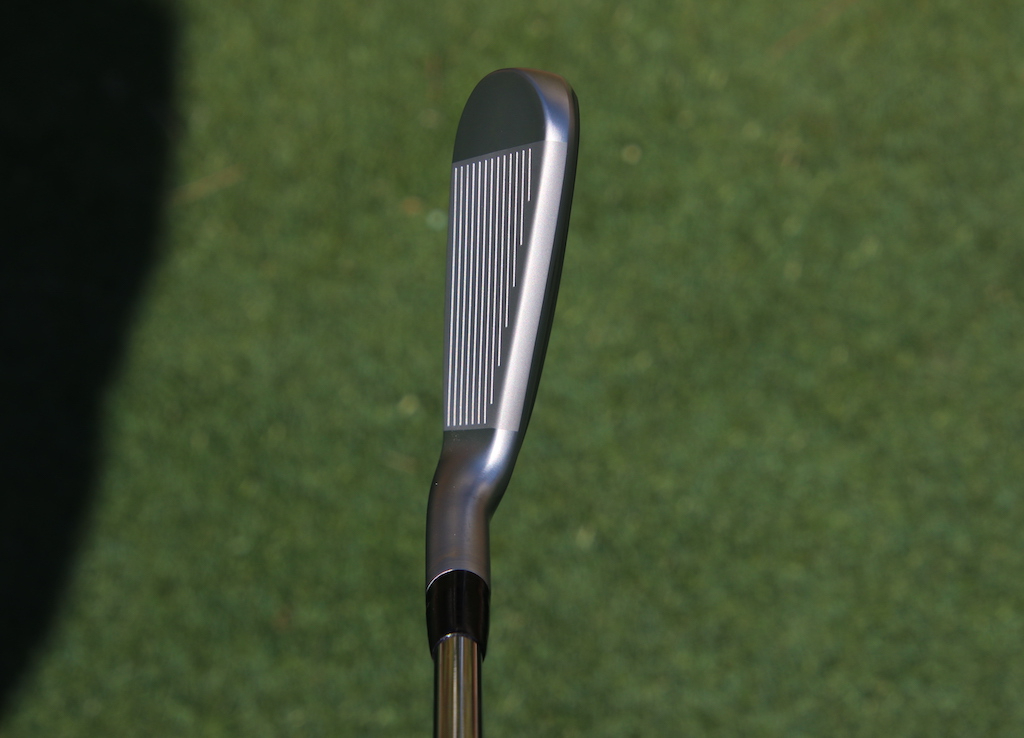
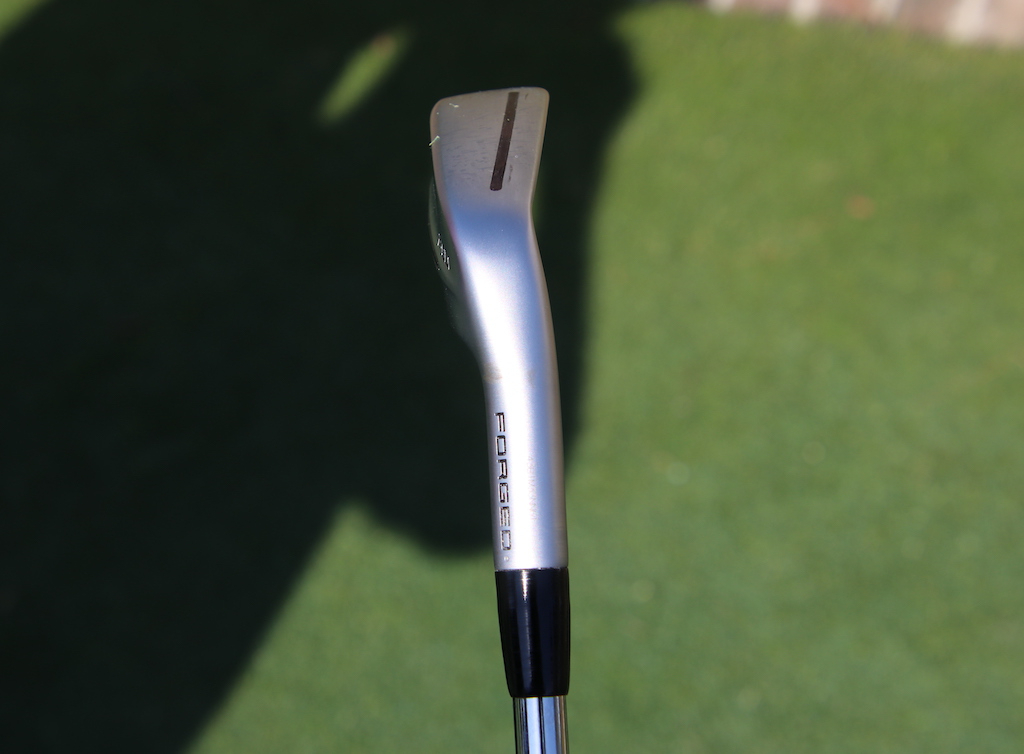
- Check out the rest of our photos from the 2024 RBC Heritage
- LIKE12
- LEGIT1
- WOW2
- LOL0
- IDHT0
- FLOP1
- OB0
- SHANK1
Whats in the Bag
Collin Morikawa WITB 2024 (April)
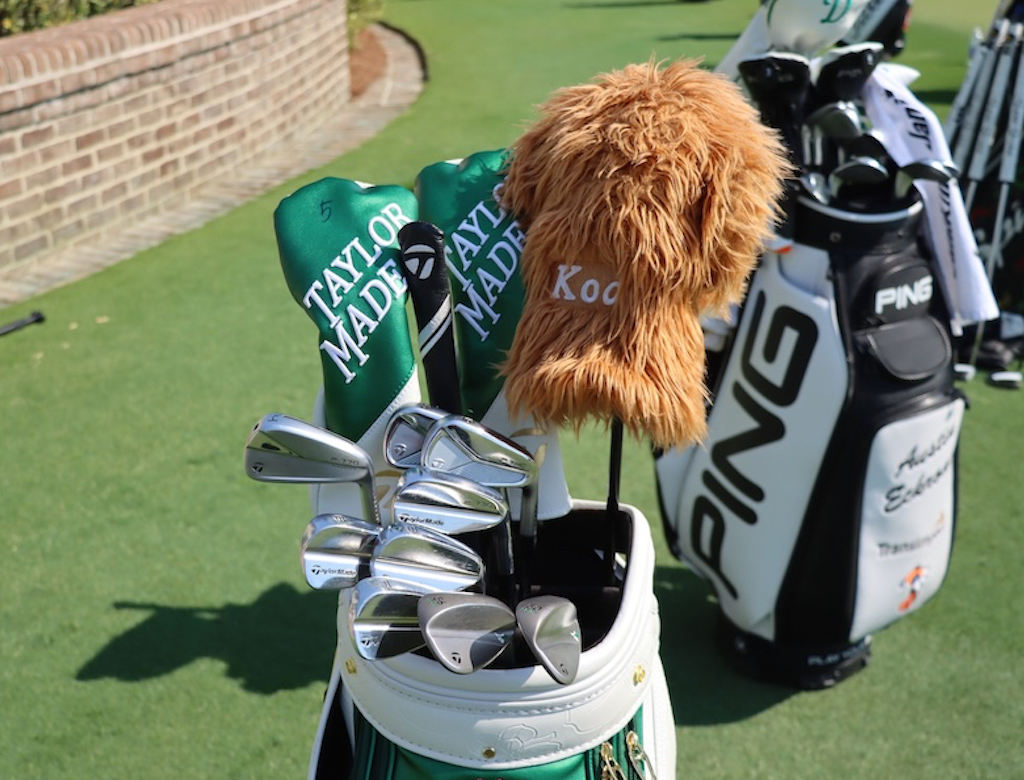
- Collin Morikawa what’s in the bag accurate as of the RBC Heritage. More photos from the event here.
Driver: TaylorMade Qi10 LS (9 degrees)
Shaft: Mitsubishi Diamana D+ Limited 60 TX (45 inches)
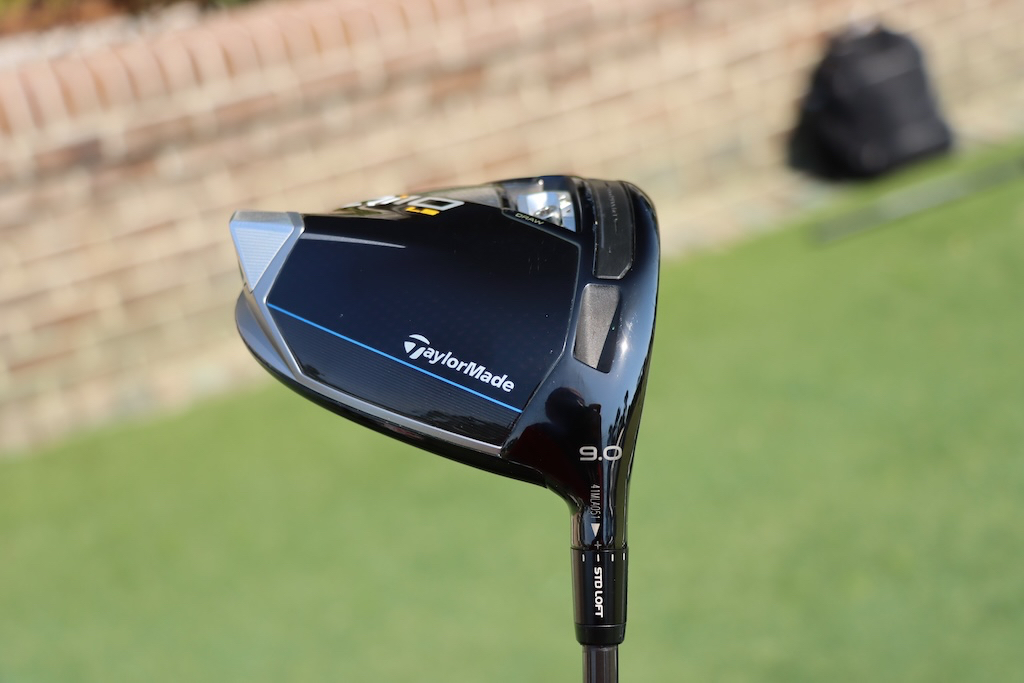
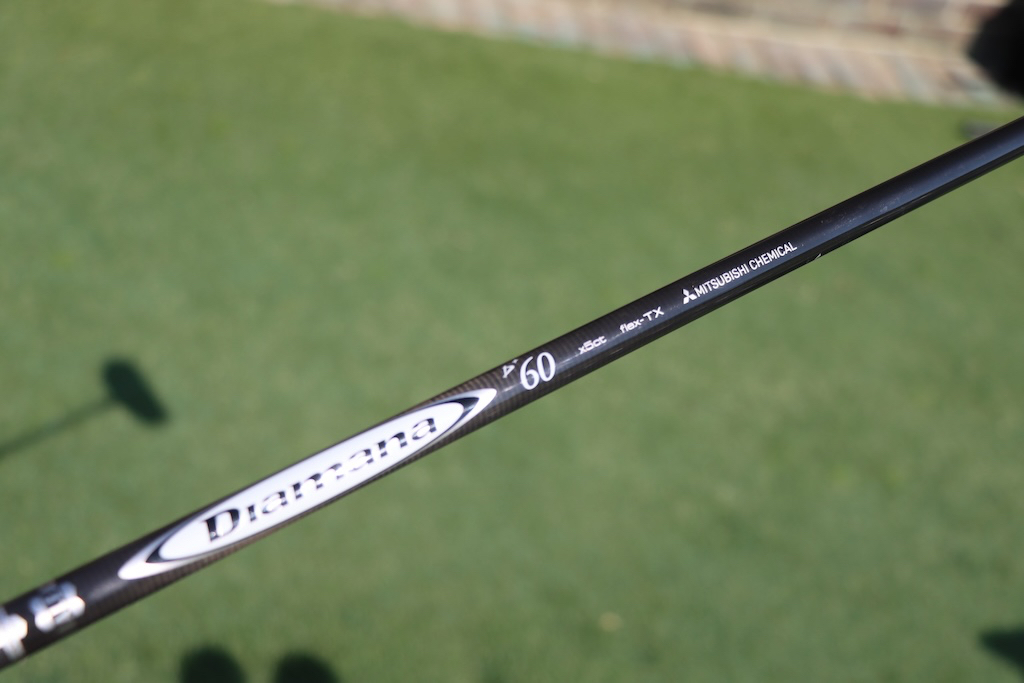
3-wood: TaylorMade Qi10 (13.5 degrees)
Shaft: Mitsubishi Diamana D+ Limited 80 TX
5-wood: TaylorMade Qi10 (18 degrees)
Shaft: Mitsubishi Diamana D+ Limited 80 TX
Irons: TaylorMade P770 (4), P7MC (5-6), P730 (7-PW)
Shafts: True Temper Dynamic Gold Tour Issue Mid 115 X100 (4-6), True Temper Dynamic Gold Tour Issue X100 (7-PW)
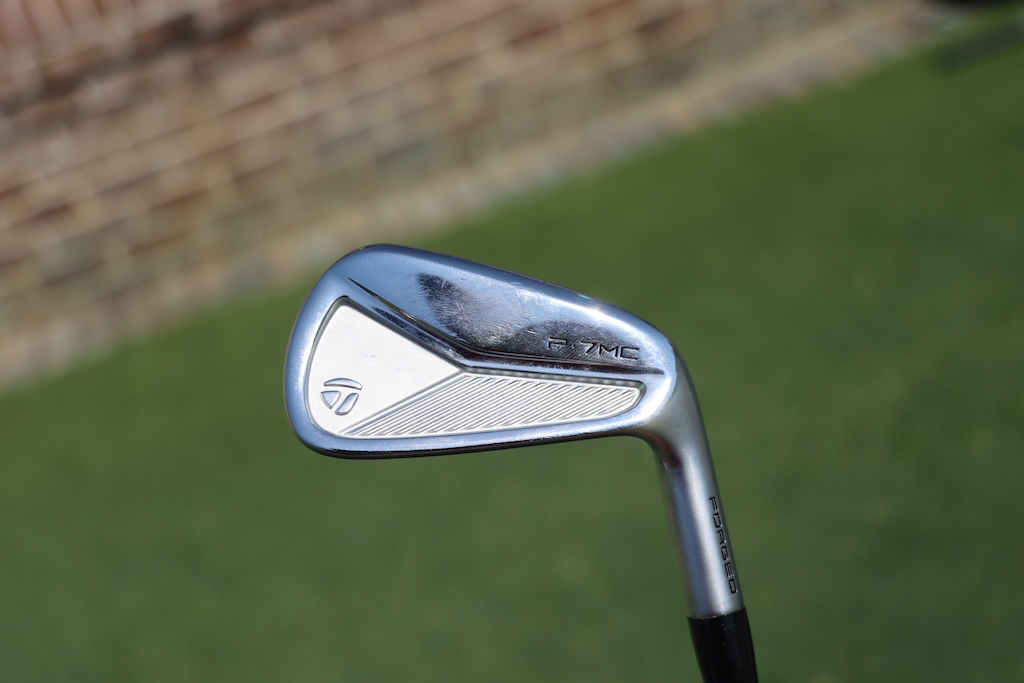
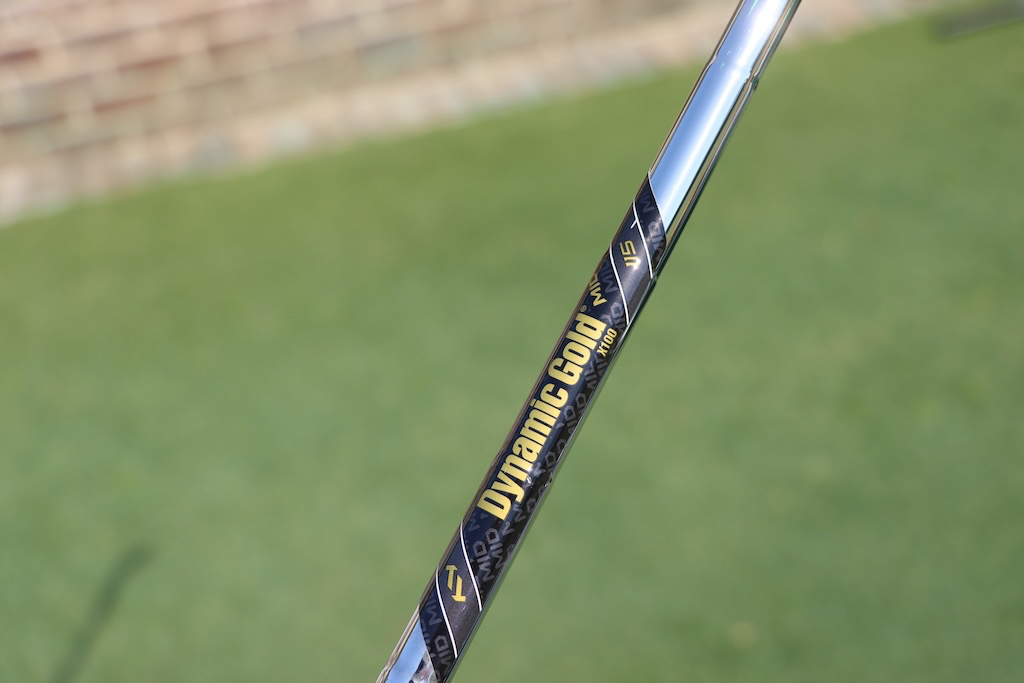
Wedges: TaylorMade MG4 (50-SB09, 56-LB08), TaylorMade MG4 TW (60-TW11)
Shafts: True Temper Dynamic Gold Tour Issue S400
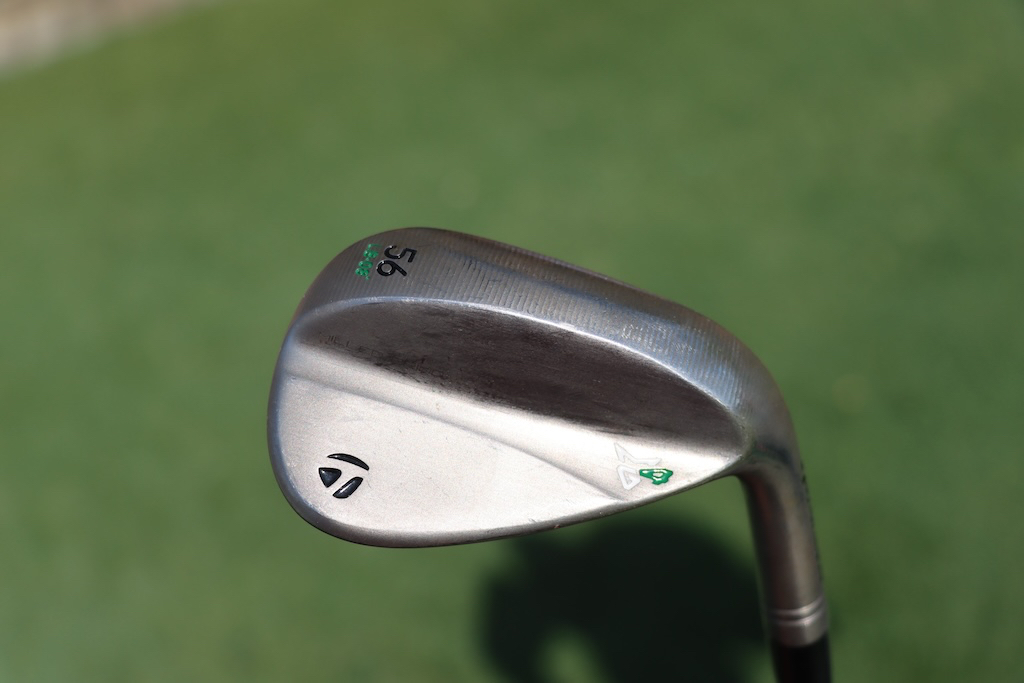
Putter: TaylorMade TP Soto
Grip: SuperStroke Zenergy Tour 2.0
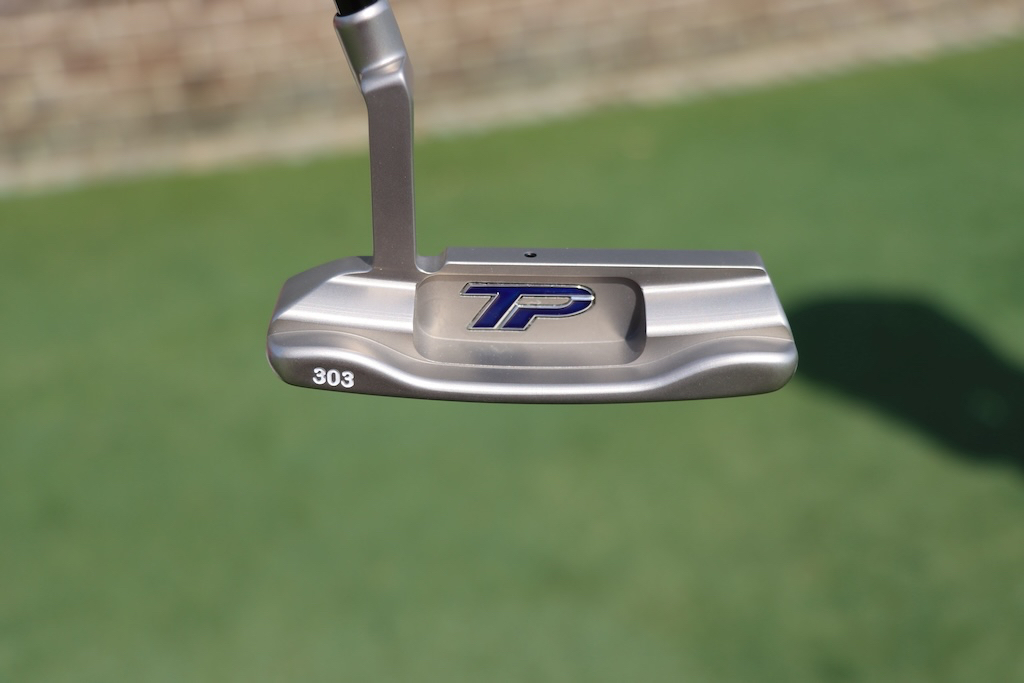
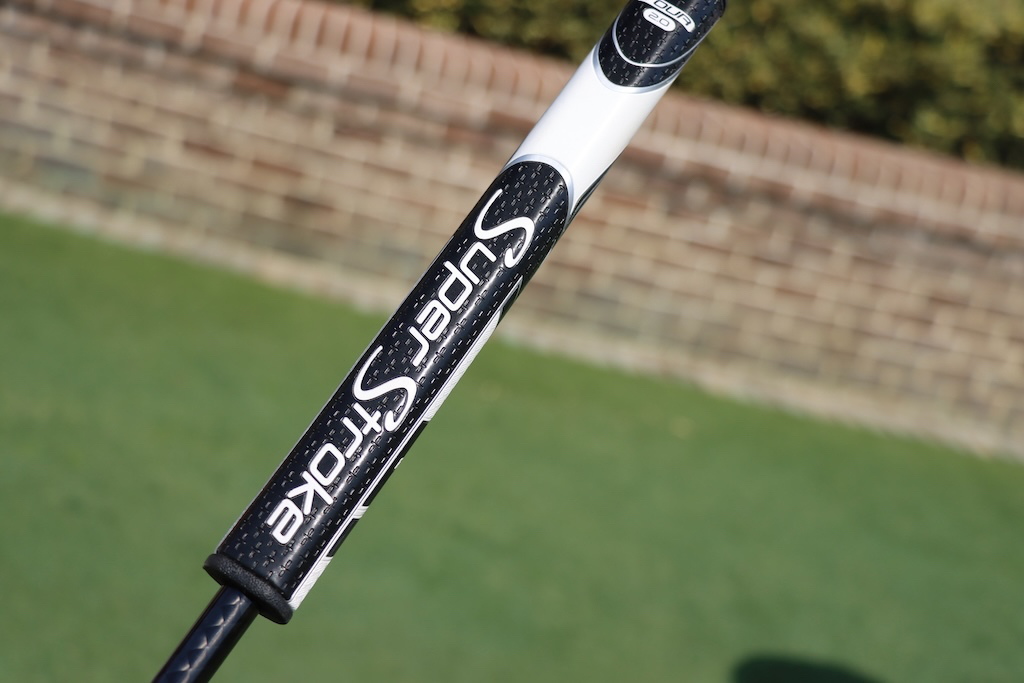
Grips: Golf Pride Z-Grip Cord
Ball: TaylorMade TP5x
- LIKE4
- LEGIT0
- WOW1
- LOL0
- IDHT0
- FLOP0
- OB0
- SHANK1
-

 19th Hole1 week ago
19th Hole1 week agoDave Portnoy places monstrous outright bet for the 2024 Masters
-

 19th Hole2 weeks ago
19th Hole2 weeks agoThings got heated at the Houston Open between Tony Finau and Alejandro Tosti. Here’s why
-

 19th Hole1 week ago
19th Hole1 week agoTiger Woods arrives at 2024 Masters equipped with a putter that may surprise you
-

 19th Hole2 weeks ago
19th Hole2 weeks agoReport: Tiger Woods has ‘eliminated sex’ in preparation for the 2024 Masters
-

 19th Hole3 days ago
19th Hole3 days agoTwo star names reportedly blanked Jon Rahm all week at the Masters
-

 19th Hole3 days ago
19th Hole3 days agoNeal Shipley presser ends in awkward fashion after reporter claims Tiger handed him note on 8th fairway
-

 19th Hole2 weeks ago
19th Hole2 weeks agoAddiction, spinal fusion, and scam artists – Everything Anthony Kim revealed in candid interview with David Feherty
-

 19th Hole2 weeks ago
19th Hole2 weeks agoAnthony Kim says doctors told him that he ‘may not have much time left’ ahead of LIV return

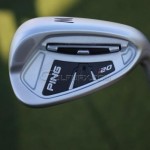
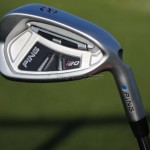
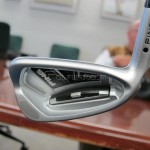
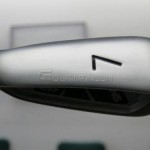
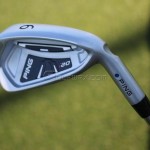
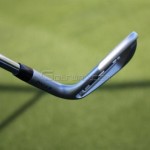
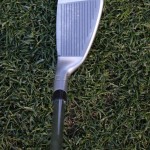
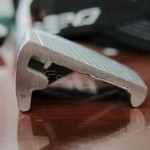
















bobby
Jan 5, 2012 at 12:52 am
WOW! Ping irons with no perceptible offset! I never thought I would live to see the day! Now I may actually buy a set of these i20 irons. These look very nice indeed.
Jeff
Jan 4, 2012 at 1:26 pm
Looking at the specs for these clubs, it looks like Ping did away with most of the offset that the i15 had. I’m currently looking for new clubs while playing the Ping ISI and playing to a 10 handicap. How much will the change in offset impact my game, does it really have that much of an impact on contact? Or is it something I’ll get used to rather quickly?
g-train
Jan 2, 2012 at 9:59 pm
continuing the theme of nike and ping looking better than the other oem’s
so much for being the ugly ducklings pfft ,alot of people with egg on their face..and great article,thanks
pity we cant do that in australia